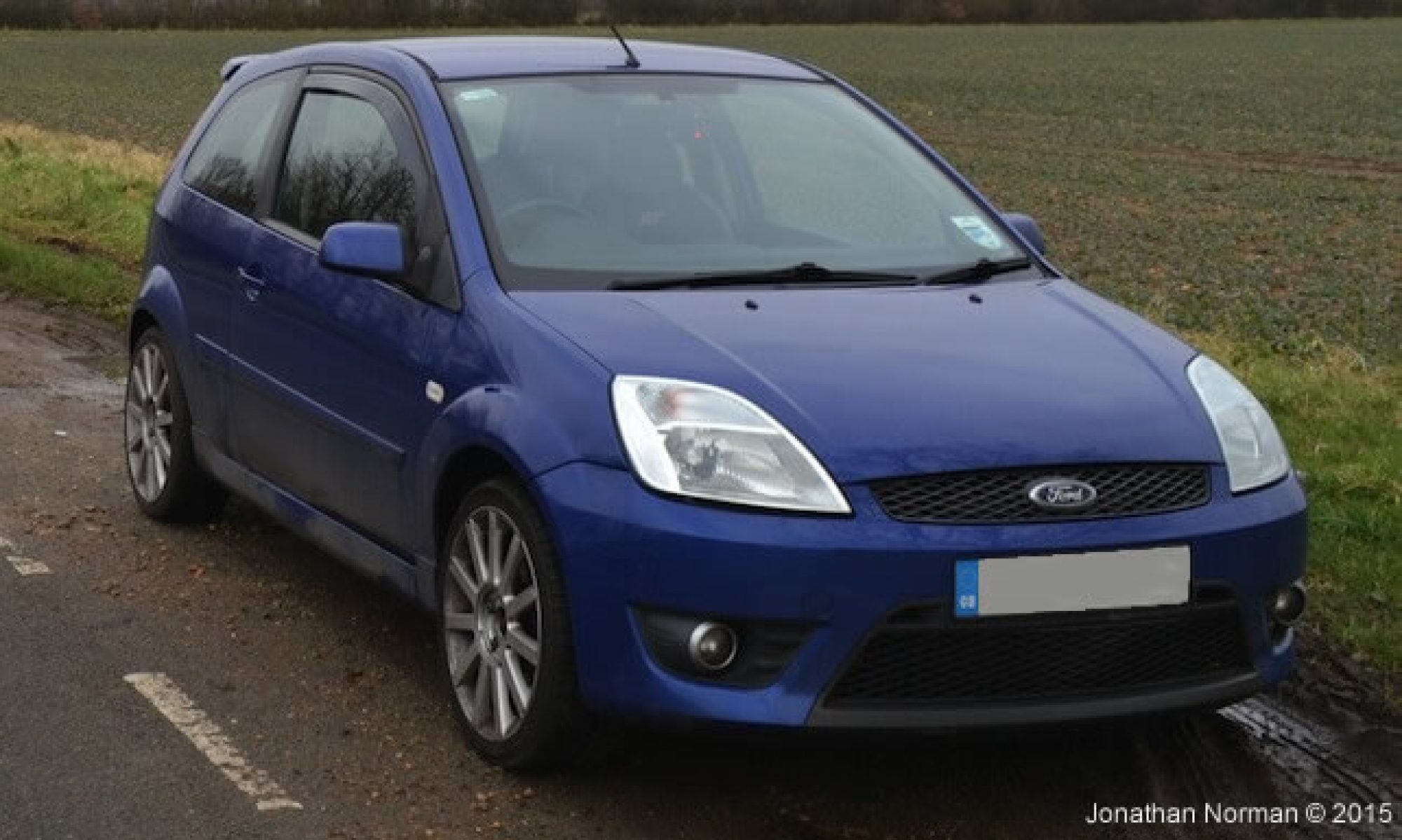I have Fedora 15 installed on my desktop with several JFS partitions including /home which I had created after installing Fedora 15. When I upgraded my graphics card Fedora 15 was stuck in emergancy mode so I went to reinstall it, this is where the problems with JFS begin.
When upgrading Fedora 15 it sees that my /home partition is JFS and it goes “sod this” and exits saying that you need to reboot, no chance to go back and make changes or anything, just reboot. Here are the steps required to install Fedora with JFS partitions, this should also works for other file systems that are not default for Fedora.
1. The first thing you need to do is download jfsutils-1.1.13-8.fc12.x86_64.rpm from here or your local Fedora mirror. Put this onto a USB stick; mine was FAT32 format.
2. As soon as the Anaconda installer starts, just after the “Do you want to check the disk?” question, hit “ctrl + alt + F2” to drop into a text terminal.
3. Mount your usb stick and install the JFS Utils rpm.
mkdir /mnt/usb
mount /dev/sdf7 /mnt/usb
rpm -ivh --nodeps /mnt/usb/jfsutils-1.1.13-8.fc12.x86_64.rpm
umount /mnt/usb
4. Decompress the JFS (or any other FS module you need) and load it into the kernel.
gzip -d /lib/modules/2.6.38.6-26.rc1.fc15.x86_64/kernel/fs/jfs/jfs.ko.gz
insmod /lib/modules/2.6.38.6-26.rc1.fc15.x86_64/kernel/fs/jfs/jfs.ko
5. If you are doing a fresh install you do not need to do this but if you are upgrading Fedora you will. You will need to run fsck on all your JFS partitions otherwise the installer will exit with an error saying it doesn’t know what FS it is.
Run fdisk to find out what partitions you need to run it on, in my case sda8, 9 and 10.
fdisk -l
fsck.jfs /dev/sda8
fsck.jfs /dev/sda9
fsck.jfs /dev/sda10
6. Press “alt + F6” and continue your installation
